Wolf Attacks On Humans: The Truth Of The Matter
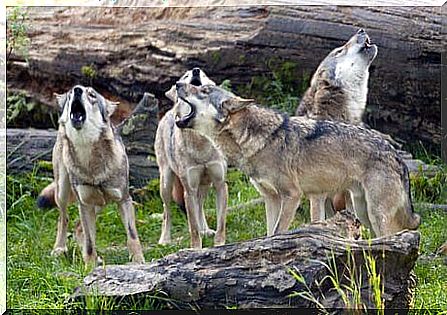
Legends and popular culture
Little Red Riding Hood, the three little pigs and many other folk tales portray the wolf as a dangerous animal. He is shown to be insightful, persistent and merciless. In other words, it doesn’t stop until it manages to kill or defeat the protagonists.
But that doesn’t just happen in our culture. Asian stories, both in China and India, for example, repeat this cliché. Even the old sayings warn of the evil of the wolf. Everywhere, stories about the cruelty of these animals are told.
Statistics and real cases of wolf attacks on humans
However, when we look at the statistics, it appears that the wolf is not as dangerous to humans as you might think. Only a few deaths from wolf attacks have been officially recorded around the world. In Spain, the first case is dated 1881 and the next only in 1954. That is, almost 70 years between each attack.
Around the world, in terms of wolf attacks on humans, the last known case occurred in 2005, more than 10 years ago. A teacher in Canada got lost overnight in a wooded area. When they recovered her body, it was obvious that she had suffered an attack from these canids.
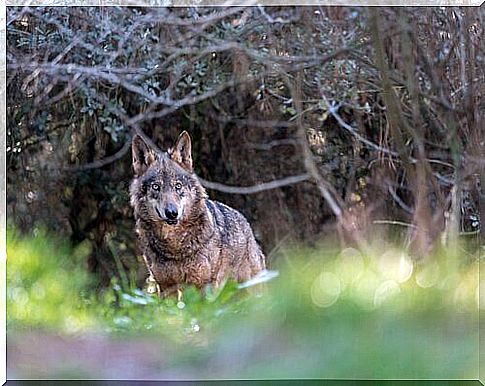
Experts say that wolves are afraid of humans. That is, when they realize they are getting closer, they manage to flee. Furthermore, they camouflage themselves so as not to be discovered. Sometimes they drop their prey so they can’t be seen eating.
It is very significant that in the statistics of wolf attacks on humans there are far more wounded by wolves than killed. After all, that means if a wolf attacks it’s not for killing. In fact, the animal just wants to scare the “enemy”. This reinforces the idea that these animals fear us.
wolves and dogs
As we’ve already pointed out, the big difference between animals that evolved into dogs and those that remained wolves is fear. Animals that tolerated humans stayed close to populations. In this way, they were fed and sheltered by people. Those who were afraid did not attack or provoke the gentle ones. In fact, they just walked away.
It is speculated that many of the alleged wolf attacks on humans, while not ending in deaths, were not made by wolves. Other animals, such as large dogs, can be confused with their relatives. Other times humans scared the animals and they just defended themselves.
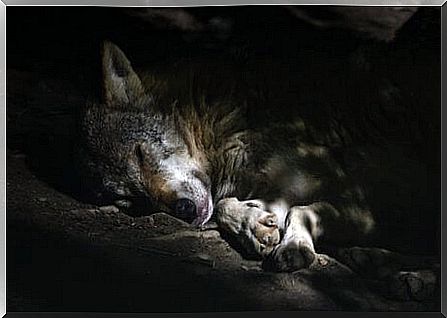
Therefore, we can draw the conclusion that the wolf is not really dangerous to man. In fact, they are animals that prefer to hide and flee from humans. After all, cases of confrontation are rare, despite what popular stories report.
the fight for the wolf
However, there has always been and still is a lot of controversy surrounding this animal. Hunters justify their actions by the aggressiveness of this animal. On the other hand, environmental and protection organizations testify to the docility of these animals.
The big ones harmed by the presence of the wolf are, in reality, the ranchers. Herds of all sizes, from lambs to cows, are one of its common prey. Predators not only make animals disappear, but in their hunts they cause damage to stables. Furthermore, they injure part of the herd and disperse the animals.
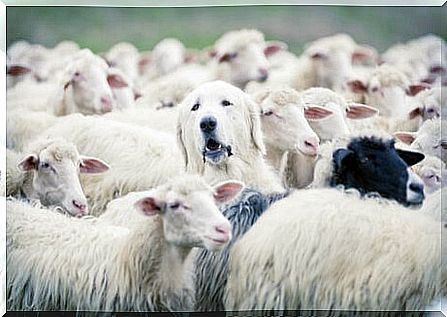
These are the three most interested parties in cases of wolf attacks on humans. Depending on who is listened to, these animals will either be terrible or something unimportant. The wolf issue has always been surrounded by debate. Furthermore, the statistics are open to interpretation.
Wolf conservation and recovery
Wolf conservation is also a controversial issue. There are stark contrasts in many parts of the world. In several countries it is highly protected in one territory. However, when crossing the border, there may be licenses to hunt them.
For example, within Yellowstone Park in the United States, the wolf is a protected animal. However, outside the park limits, hunting is allowed. The same happens in Spain. In some autonomous communities it is protected. On the other hand, in border areas, hunting is allowed.
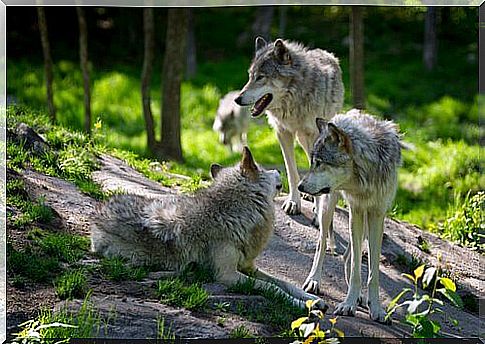
Despite this, experts say wolf populations are increasing. Not every year there are new litters, but they are expanding their territory in the Iberian Peninsula.
For example, indiscriminate hunting eliminated all the Iberian wolves that lived in the mountains of the Community of Madrid. In 2013, it was found that they had returned and it was shown that they had re-established themselves. Likewise, these canids continue to advance towards the south of the Peninsula. Although slow, this process remains stable.
The wolf has been an animal that was traditionally feared and persecuted. However, statistics and experts agree that they are afraid of humans. Because of this, these animals avoid contact. Therefore, confrontation is avoided whenever possible.









